10 Things To Know About Bosnia’s Native Barak Hound

You probably haven’t run into one on the sidewalk. That’s the thing about the Barak Hound—it’s more legend than headline. This breed wasn’t shaped for city strolls or apartment life. Its story runs deep, tied to rugged trails and quiet traditions. Curious and built for something bigger, this dog deserves more attention. Here are 10 interesting things to know.
They Trace Their Roots To Bosnia’s Hills
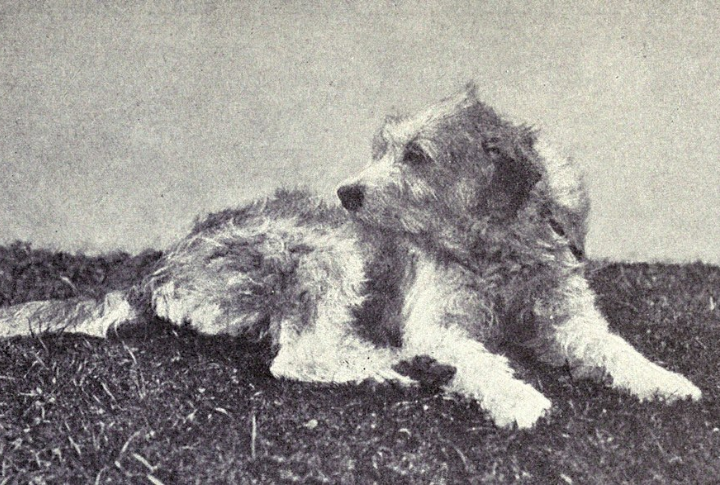
Hidden deep in the Dinaric Alps, this shaggy tracker didn’t appear by chance—it was bred with purpose. The Barak Hound, also known as the Bosnian Coarse-haired Hound, hails directly from rural Bosnia and Herzegovina. Though formally recognized around the 1960s, it had long been valued by local communities.
They Have A Dense Coat

Forget delicate fur, Baraks are raised for the wild. Their rough, double-layered coats handle cold and wet ground with ease. This rugged coat keeps them warm and protected, making it possible for the breed to stay active through all seasons in Bosnia’s mountainous terrain.
They’re Bosnia’s Elite Scent Trackers
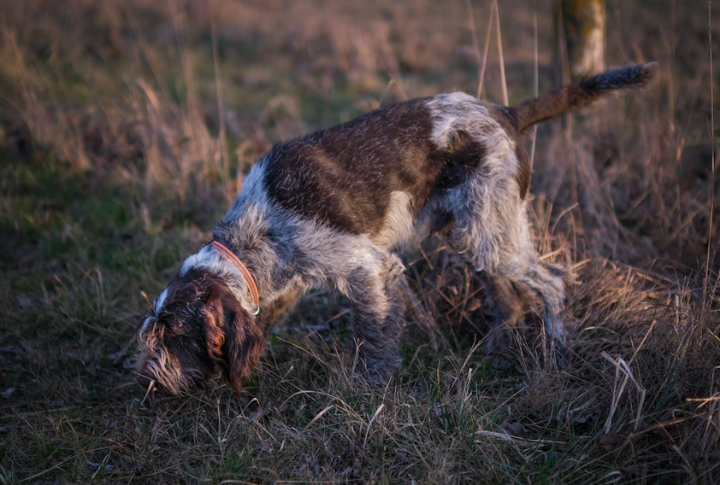
Developed for the wild terrain of Bosnia, the breed excels at following elusive game through snow and forest. Praised for steady focus and endurance, the Barak Hound earns trust with a sharp nose and unshakable work ethic, especially when conditions turn challenging.
They Have A Distinct Vocalization Style
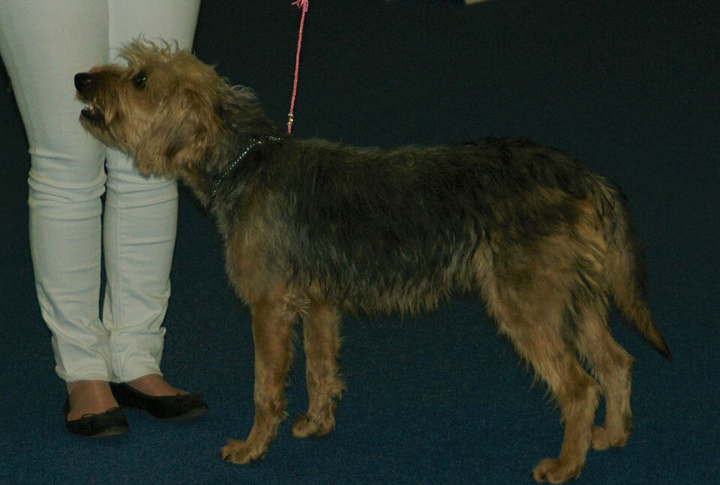
The Barak Hound isn’t just known for its rugged appearance—it has a signature voice. Unlike many scent hounds, this breed produces a deep and rhythmic baying sound when tracking game. Hunters rely on this trait because it helps them follow the dog’s movements in dense forests.
They Have A Social Nature

Baraks may appear reserved with their shaggy coats and steady gaze, but they show a warm, affectionate side. These dogs form strong connections with their families and enjoy being around people. Beyond their hunting instincts, they display a relaxed, friendly nature and love spending time with those they trust.
They Are Intelligent And Trainable
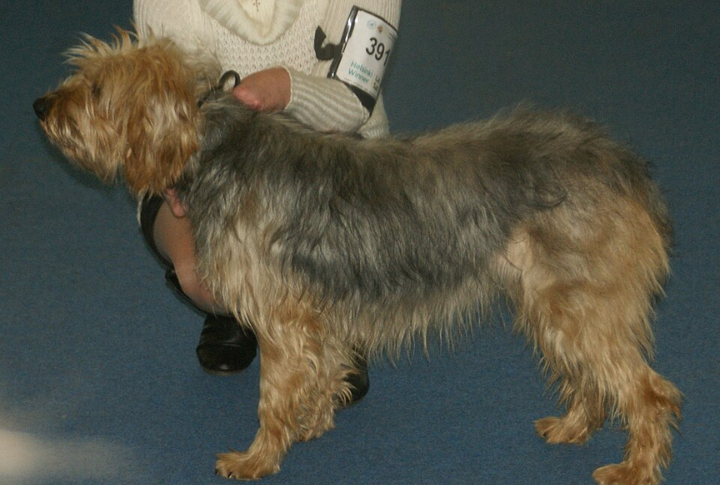
Despite their rustic origin, these hounds aren’t wild at heart. They’re impressively sharp and respond well to consistent, positive training. While a little stubbornness isn’t off the table, it’s more about independence than disobedience—a trait that made them invaluable in solo fieldwork.
Exercise Keeps Them Balanced
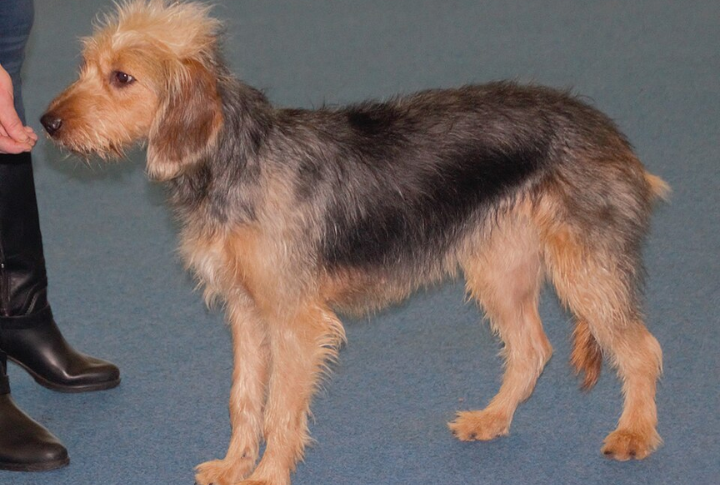
This breed is full of energy and requires consistent physical activity to remain well-balanced. They were bred for endurance and thrive when given space to move. Lack of exercise can leave them bored and lead to destructive behavior, but long walks and scent-based games provide essential stimulation.
They Come In Earthy Colors
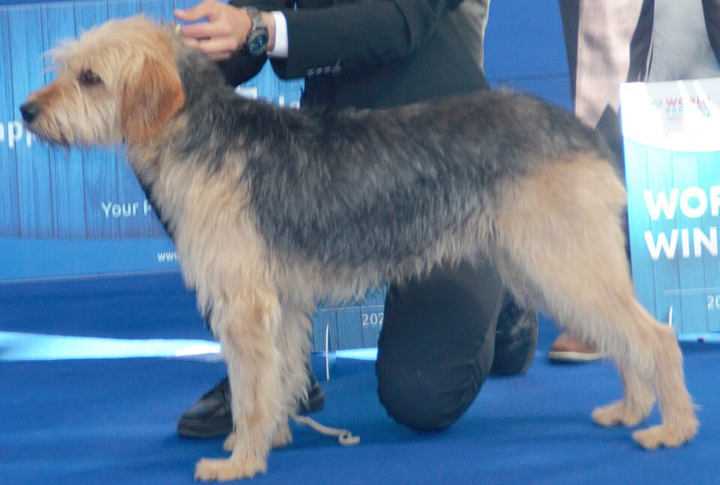
These dogs wear nature’s palette. Shades of wheaten, reddish-yellow, and earthy gray help them blend into the forested Balkan landscape. This camouflage aids their tracking work in dense terrain. Though their coat colors vary slightly by line, each dog reflects the muted beauty of the rugged hills.
They Are Preserved Through Community Action

Barak Hounds nearly faded into obscurity. With urbanization and reduced hunting traditions, numbers dwindled in the 20th century. Thankfully, Bosnian breed clubs and local communities worked to preserve them. Today, controlled breeding and awareness campaigns are helping secure their future as a proud national treasure.
Their Popularity Remains Local
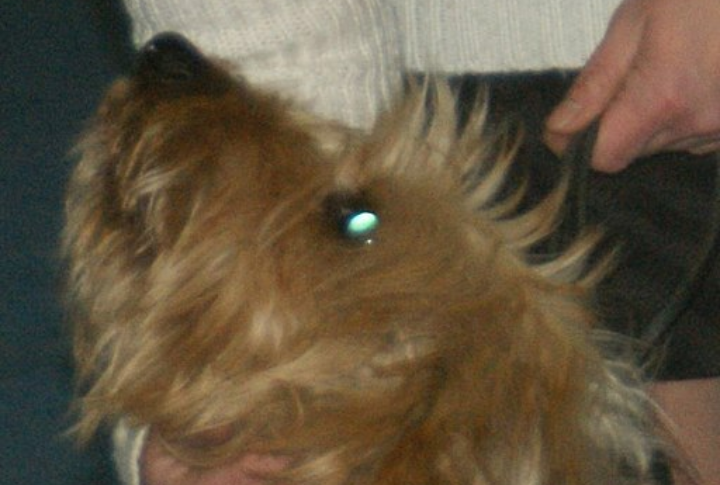
Despite their many talents, Barak Hounds remain a well-kept secret outside the Balkans. The breed is mostly seen in Bosnia and neighboring regions, with a few exported elsewhere. Their scarcity helps preserve authentic traits but means encountering one outside their homeland is a rare treat for devoted hound enthusiasts.





